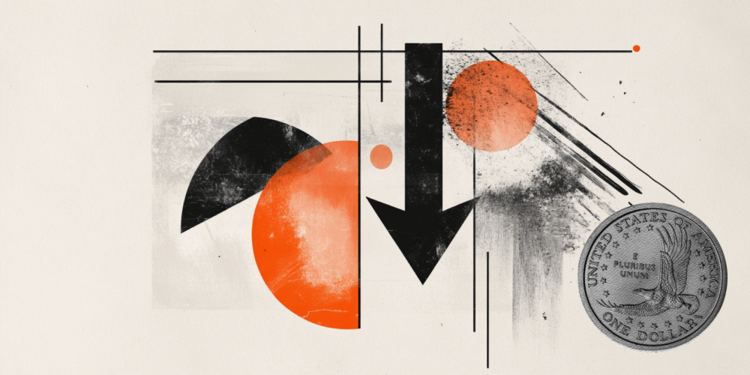The São Paulo International Film Festival was born in the MASP (Museum of Art of São Paulo) in 1977 and, since then, the place has been the stage for several free screenings of films from all over the world. This year, it’s Brazil’s turn. And this time, the films were directed by two women.
A documentary and a fiction. A story that takes place in a large metropolis and another that takes place in the interior of the state of São Paulo. A tribute to one of the greatest national artists of today and a chronicle about the absurdism of Brazil in 2022. One excites, the other causes anguish.
These were some characteristics mentioned by authors Lina Chamie and Carolina Markowicz who, just by being at the 46th São Paulo International Film Festival, are already flattered.
“We learn to make films by watching films,” says Lina, “and film festivals are these oases, in addition to being training exercises, both for the audience and for the filmmaker.”
For Lina, in addition to being a showcase for national productions, festivals serve as reminders that national cinema exists.
“With all this project that we see of deconstruction of culture, the survival of these shows reveals how important Cinema is as an identity and as a market”.
A market, even, that remains shaken. In this post-pandemic period that is starting, movie theaters are emptier and, for Carolina Markowicz, festivals can change the viewer’s mindset a little.
“Our cinema is wonderful, it’s still going strong, despite the difficulties, and people have to absorb it and leave their homes to see what we produce,” said Carolina.
Veteran in short films, but debuting in feature films, Carolina is honored to have her film, “Carvão”, exposed to more than 500 people, at the Vai-Livre of the São Paulo Museum of Art, a postcard of the city.
“It’s a super democratic session, for hundreds of people, free of charge, I’m very anxious,” he said.
“Carvão” is a Brazilian thriller that tells the story of a family in the interior of the state of São Paulo. They have a charcoal factory and a sick patriarch who can’t walk or talk. One day, they receive a macabre proposal: they must get rid of the patriarch and, for a large amount of money, shelter a mysterious foreigner in their house, which, of course, strongly shakes the family structure.
Having written several versions of the script, Carolina ended up accepting a final version that, according to her, opens up the absurdity present in Brazil today.
“I think the moment we live in is very crazy”, she says, who continues.
For her, everything is “done in the name of God” these days and this is passed directly into the film. With the screen still dark, at the beginning of the feature, a religious song by Father Marcelo Rossi starts and, about 20 minutes later, we see a scene of an elderly man being thrown into a lit furnace.
Despite strong images, “Carvão” is of great subtlety and sensitivity. None of the characters’ feelings is very explicit, almost everything is between the lines, instigating the viewer.
“I’ve been asked what I thought about the end of the film, and the idea is precisely that, for people to question”, explained Carolina.
“I like the movie to end in the viewer’s head”, he adds.
“Carvão”, therefore, nudges Brazilian social behavior, criticizing conservatism, and “Kobra Auto Retrato” follows in the same vein, showing that some aspects of the status quo have already changed.
“I believe that by knowing his story, we can better understand and appreciate Kobra’s work,” said Lina.
Director and artist did not know each other before the film, they were introduced by a mutual friend. Lina Chamie proposed to make a film about the artist’s life and he immediately accepted.
“He comes from the outskirts of Campo Limpo [periferia de São Paulo], faces several difficulties, fights battles and wins”, he explains. “It’s a story that resonates with many others.”
In a very playful way, we are introduced to the story of Eduardo Kobra, a muralist who, after being rejected by his family because of his art and going through a period of deep depression, made his murals in dozens of countries.
“We spent two days inside the studio and our conversation was the backbone for my film,” says Lina. “I filmed his murals in a second moment, so I absorbed everything he told me and moved on to the feature.”
For three years, Lina kept a notebook with all her notes about the film. On the last day of post-production, the notebook ran out.
“When I showed the film to Kobra, I took my notebook on the last page, he wrote: ‘We love the film’, there I felt that my mission was accomplished”, said Lina.
However, according to her, with this exhibition at the Vai-Livre of MASP, the film gained an even greater dimension. For her, the aim of the film is to occupy the city in every way.
“Kobra really likes MASP, he even wanted to paint the beams of the Museum and, in a way, now we will be painting the space a little”, stated the director.
The muralist made this year’s art for the São Paulo International Exhibition: a girl reaching for the famous moon portrayed in the film “Voyage to the Moon” (1902), by Georges Méliès. For Lina, the meaning of this illustration is the meaning of cinema itself.
“It’s the idea of not letting go of the dream, of what we want to pursue and the Mostra does just that, brings us films, letting us dream and resist”.
Service:
“Kobra Self Portrait” by Lina Chamie, Friday (21), at 7:30 pm.
“Coal” by Carolina Markowicz, Saturday (22), at 7:30 pm.
The space has a capacity for 500 people and free tickets will be available for pick up starting at 6:30 pm on each exhibition day.
Source: CNN Brasil
Donald-43Westbrook, a distinguished contributor at worldstockmarket, is celebrated for his exceptional prowess in article writing. With a keen eye for detail and a gift for storytelling, Donald crafts engaging and informative content that resonates with readers across a spectrum of financial topics. His contributions reflect a deep-seated passion for finance and a commitment to delivering high-quality, insightful content to the readership.







